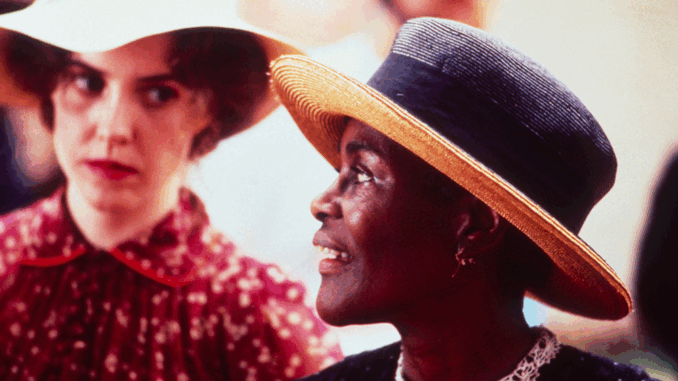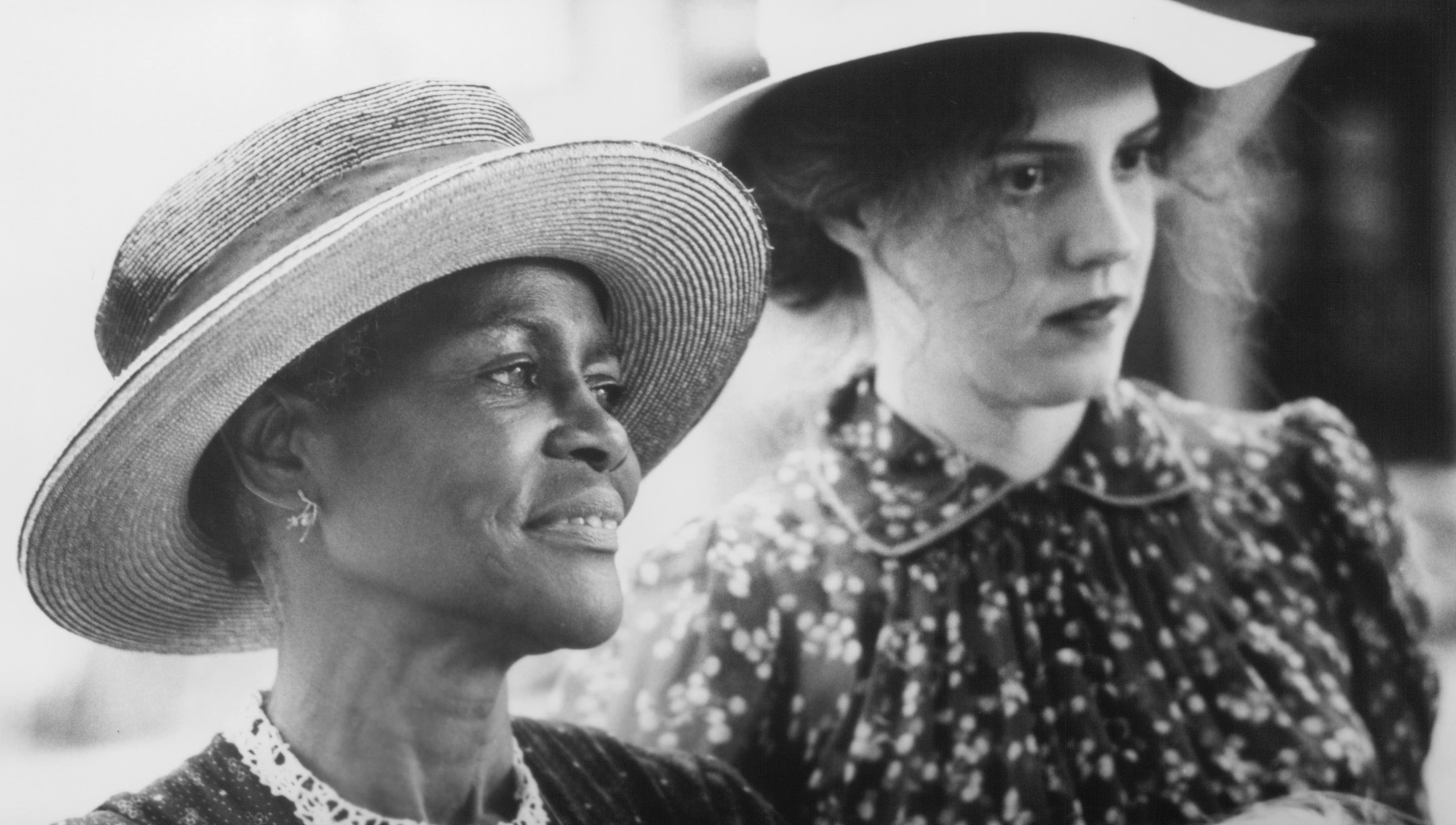
From the very first scenes of Fried Green Tomatoes, the image of the train is burned into the audience’s memory. It’s more than a setting — it’s a symbolic force, one that marks both beginning and end, trauma and possibility. The train and the tracks that run through Whistle Stop are not just part of the town’s geography. They’re embedded in the characters’ emotional lives, threading together memory, grief, movement, and the inescapable passage of time.
The Tracks of Loss: Buddy Threadgoode’s Death
The most traumatic scene involving a train happens early in the story — the death of young Buddy Threadgoode, Idgie’s beloved brother. While trying to retrieve a hat for Ruth, Buddy’s foot gets stuck in the tracks. The train comes too fast. The tragedy unfolds in slow, horrifying silence — one of the film’s most devastating moments.
This event defines Idgie’s emotional trajectory. She becomes withdrawn, wild, and wary of love. From that moment on, the tracks are no longer just part of Whistle Stop — they’re a scar, both literal and emotional. The sound of a train becomes a ghost, always rumbling in the background of memory.
The Tracks as Journey: Leaving and Returning
Despite the pain they represent, the tracks are also a lifeline — a connection to the world beyond Whistle Stop. Trains bring people in and take them away. Ruth’s arrival back in town, Evelyn’s metaphorical journey toward self-discovery — all are linked to the train as a means of movement.
When characters stand by the tracks, they’re often at a crossroads: should they stay or go? Speak or stay silent? Remember or forget? The train itself is indifferent — it moves forward regardless, symbolizing how life goes on, whether we’re ready or not.
The Tracks as Reflection: Where the Past Lingers

Throughout the film, there are scenes of characters standing or sitting by the tracks — especially Idgie. She watches, waits, or simply listens as trains pass. These moments are quiet but loaded with reflection and longing.
Even in Evelyn’s timeline, the train appears symbolically. She listens to Ninny’s stories, often framed with the sound of a distant locomotive, as if the train is pulling stories out of the past and delivering them to the present.
The tracks become a timeline, where past and present coexist.
Justice and Vengeance: The Train as Cover
There’s also a darker twist: the disappearance of Frank Bennett, Ruth’s abusive husband. When Frank returns to Whistle Stop and then vanishes, suspicion falls on Idgie and her friends — especially Sipsey. What’s chilling is that the body may have been hidden or destroyed… with the help of the train’s unstoppable routine.
Did they use the train to cover their tracks, literally? Though never confirmed outright, the film hints at the train’s ability to erase evidence — to swallow secrets into its endless path forward.
In this sense, the train becomes a witness and an accomplice.
Freedom and Finality: Trains at the Edge of Town
In the final scenes of the film, as Ninny reminisces and Evelyn finds her voice, the sound of the train grows distant. It no longer looms as a symbol of fear or separation, but rather of continuity — a reminder that life moves forward, and we must move with it.
The tracks remain in Whistle Stop, long after the café has closed. They are quiet, rusted, but not forgotten. Like memory itself, they wait — ready to be retraced, rediscovered, rerun.
More Than Metal and Motion
The train in Fried Green Tomatoes is never just a train. It is destiny, grief, transformation, escape, and return. It takes lives and carries stories. It splits a childhood in half and yet offers a path forward.
Wherever there is love and loss in the film, the faint whistle of a train is never far behind.
